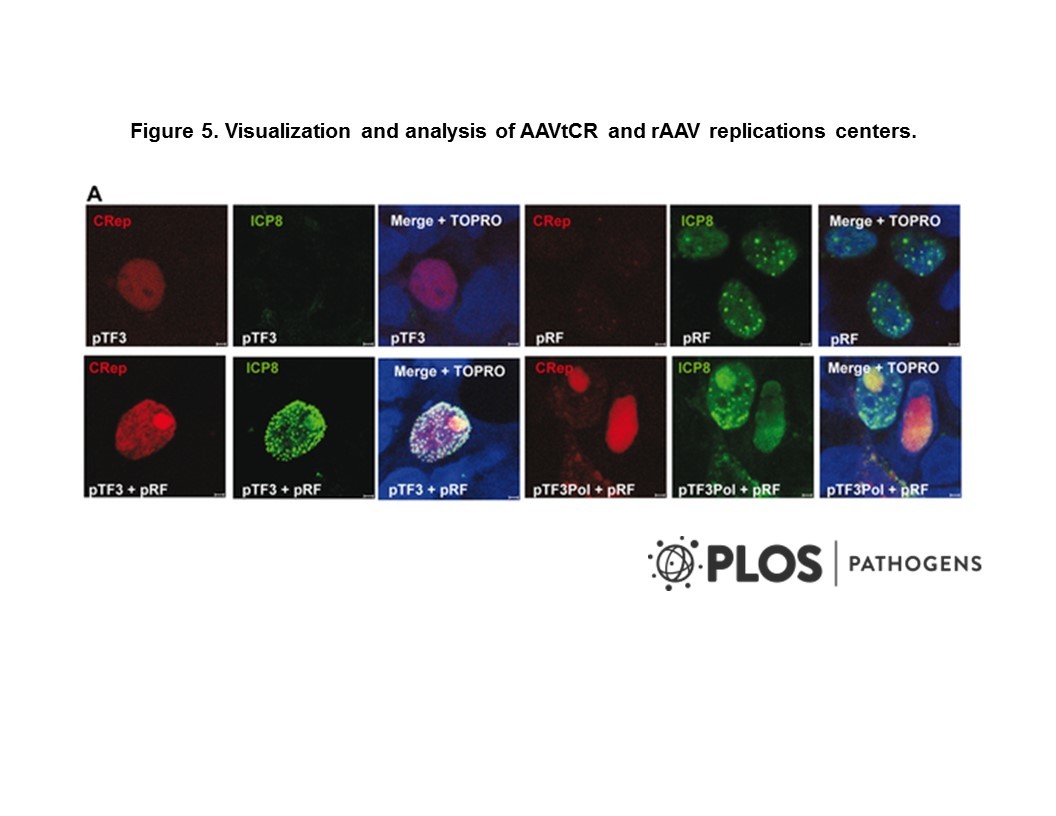
Cat. #153313
H9 hESC EGFP-Cone-Rod homeobox Cell Line
Cat. #: 153313
Unit size: 1x10^6 cells / vial
Organism: Human
Tissue: Embryo
Disease: Retinal development & age-related macular degeneration
Model: Reporter
£575.00
This fee is applicable only for non-profit organisations. If you are a for-profit organisation or a researcher working on commercially-sponsored academic research, you will need to contact our licensing team for a commercial use license.
Contributor
Inventor: Majlinda Lako ; Joseph Collin
Institute: Newcastle University
Tool Details
*FOR RESEARCH USE ONLY
- Name: H9 hESC EGFP-Cone-Rod homeobox Cell Line
- Alternate name: H9 CRX-GFP, hESC, Human embryonic stem cells, CRX,Orthodenticle Homeobox, CORD2, Cone-Rod Homeobox Protein, LCA7 3, OTX3, CRD, AMD,
- Parental cell: H9 hESC
- Organism: Human
- Tissue: Embryo
- Disease: Retinal development & age-related macular degeneration
- Model: Reporter
- Conditional: No
- Description: A frequent cause of vision impairment and blindness associated with inherited retinal diseases and age related macular degeneration, which causes blurred or an absence of vision in the center of the visual field, is due to degeneration of retinal pigmented epithelium and photoreceptors, Replacement with stem cell derived equivalents is an excellent approach to try and preserve the retinal structures, function and vision. The Cone-Rod Homeobox gene is a key transcription factor involved in retinal development. CRX is known to be expressed in postmitotic retinal photoreceptors, and to play a key role in photoreceptor formation and maturation. This human embryonic stem cell line encodes a cone-rod homeobox gene fused at the 3' end to eGFP and has been fully characterized. This research tool enables researchers to mimic the expression of the CRX gene and to assess and investigate these cells offering pluripotent stem cell differentiation.
- Production details: Differentiation to 3D ocular-like structures which contain a retinal pigment epithelium, neural retina, primitive lens and corneal like structures is achieved by culture in low attachment plates with ventral neural induction media supplemented with recombinant human IGF-1 (5ng/ml) for 37 days, then in basal knockout serum free media with 10ng/ml IGF-1 until day 90
- Biosafety level: 1
Target Details
- Target: Cone-Rod homeobox
Handling
- Format: Frozen
- Growth medium: Feeder-free mTeSR1 media, with Matrigel-coated plates
- Unit size: 1x10^6 cells / vial
- Shipping conditions: Dry ice
- Storage conditions: Liquid Nitrogen
- Mycoplasma free: Yes
References
- PMID: 26608863 PMID: 25827910




